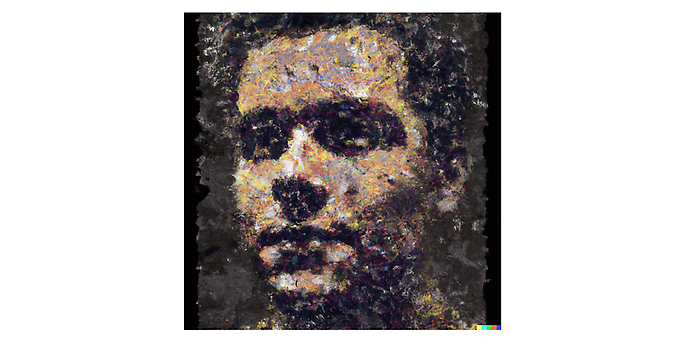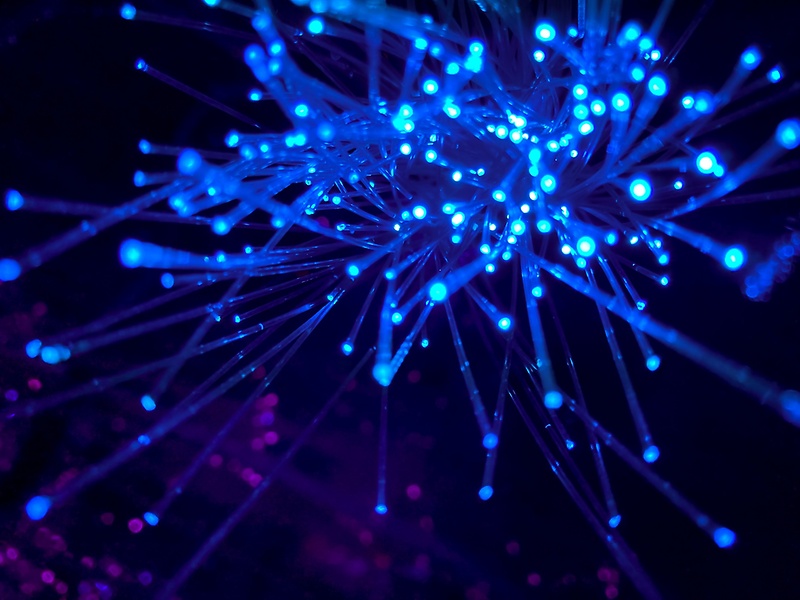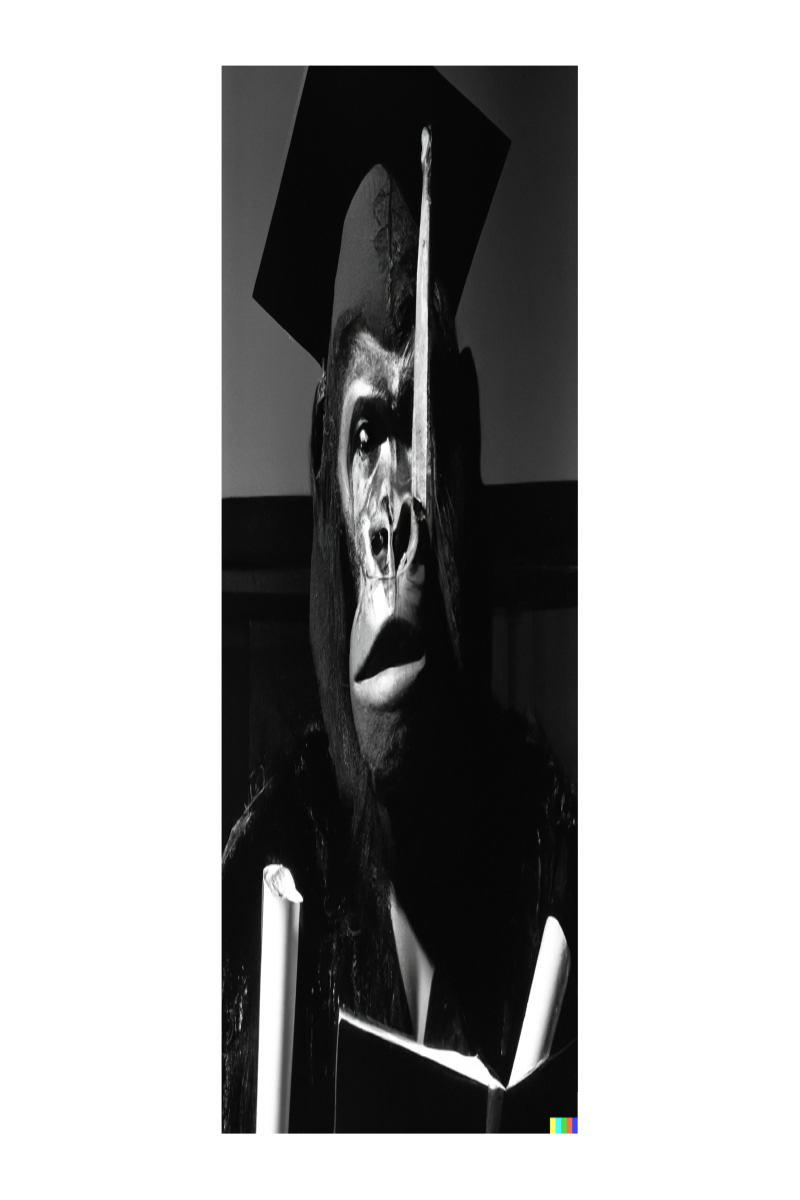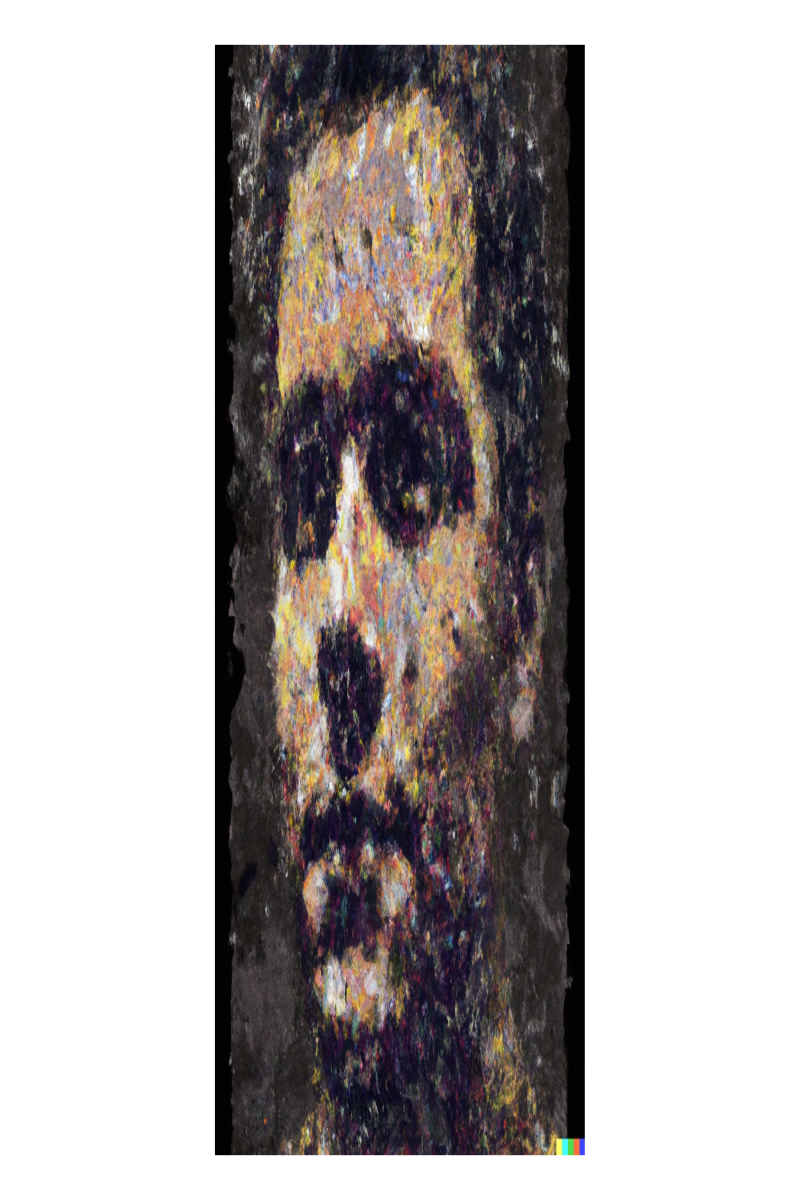25. January 2023 By Janina Radschibajev
AI and creativity – Quo Vadis
Just a few years ago, the question of which professions could not be replaced by technology would have been answered with: ‘the creative ones’ – that is, artists, designers or, for example, authors. Creativity and machines seemed incompatible for a long time. Yet even if people were only subliminally aware of it, technology has been an important part of many creative processes for years: everything from running Google searches for research and inspiration to curating Pinterest boards, to making posts on social media platforms. However, until now, the artist seemed to be the only individual capable of using their creativity to create things.
But recent developments show that the area of technology is precisely where astounding results can occur. At present, we see new tools almost daily that aim to do just that: create things. Whether texts, images, music, keywords or translations, there is apparently nothing that cannot already be done by an artificial intelligence (AI). But how do people fit into this work process? What do these developments mean for the creative sector? Let us venture a glimpse into the crystal ball.
The creative sector is of course not the first nor the only sector that benefits from technological progress. For example, in the healthcare sector, diagnoses and prognoses regarding disease progression have long been supported by expert systems. In the financial sector, AI is used to analyse investment strategies, forecast share prices or automate banking. The manufacturing industry benefits from industrial robots that are able to perform monotonous tasks quickly and with precision. AI also ensures that these manufacturing machines are controlled and constantly inspected for quality and possible failures. As we can see, the fact that AI is being used in our work processes is nothing new and yet the latest developments are making waves. Why? I suspect there are different reasons for this:
- 1. Never before has it been so easy for the masses to interact with an AI and test its potential. Most people used to see ‘machine learning’, ‘neural network’ and ‘artificial intelligence’ as abstract buzzwords that were indeed hidden in many areas of everyday life but not noticeable on the surface (navigation, voice assistants, music streaming, facial recognition and so on).
- 2. To date, AI has mostly been used in professional contexts to optimise existing processes, find patterns in data, pool knowledge or otherwise solve existing problems. However, Dall-E, Midjourney, Stable Diffusion and other intelligent image generators are able to create completely new results that have never been seen before.
- 3. Whether you are senior software developer or full-on tech beginner, the strength, precision and understanding of the human language of tools such as ChatGPT, Dall-E and the like are fascinating and fun to try out. The quality is also surprisingly good and leaps and bounds beyond what we were used to with Google Translate and many a chat bot.
- 4. The unique selling point of human creativity, which we thought was secure, is no longer a selling point. Technology has always been a blessing for irritating, monotonous tasks, such as those in the production process, and in terms of making our everyday lives easier. But now we are seeing systems that are already using short text input to write speeches, recipes or code and create images or melodies. Even though human input is still needed, it does not seem like it will be very long before many of the creative professions will have to expect serious competition.
- 5. Germany loves rules and laws. And that makes the outright Wild West that is AI systems seem all the more ominous. Even though it may not be long before certain regulations are introduced for this, how the applications are used has already been observed: everything from unethical intentions to criminal ones. For example, ChatGPT was used to write code for malware and to make academic life easier. Certain text-to-image generators made it possible to create violent, pornographic or discriminatory content. Many of the apps allow users to upload their own images and edit them, which sometimes leads to the unlawful use of third-party images, as there is no verification mechanism yet.
- 6. In the past, progress has often emerged inductively from a specific problem. Individual sectors’ or organisations’ solutions were then adapted and further developed. Now it is the other way around, and with AI systems, we are given powerful tools that anyone can use to meet their needs – all we need to figure out is what and how.
There is increasing potential for AI tools
There is all kinds of potential. For example, a wide variety of AI tools are already being used in the creative sector in particular to accelerate the creative process by assuming tasks that would otherwise take a lot of time and effort. For instance, AI systems are able to edit and optimise images or videos to make them fit for publication on social media or other platforms. They can also assume the tasks of creating music, generating visual effects and even writing film, book or game concepts.
There is also an opportunity to use AI tools to facilitate creative work. Getting started is often particularly difficult. Whether writing or designing, you can break through the initial barrier and fill your blank canvas with ideas and new inspirations in no time at all. The output can then be shaped and developed according to your individual needs. Stable Diffuser – a deep learning system – offers the possibility to work a user’s rough sketch into an image, which can be a great help for anyone who has a vision of the result in their head but does not have the knowledge and skills to bring it to fruition.
Anyone who has tried out Dall-E 2, Midjourney or even the proprietary models of big tech companies such as Google knows that there is still a lot of room for improvement and that each platform has its weaknesses. Since all the models are based on machine learning, it can be assumed that they will continue to develop and improve themselves. For the moment, the tools cannot replace a designer. Companies that have a detailed corporate identity and broad range of products particularly benefit from people, with their keen sense for subtlety, imagery and aesthetics, as well as a sense for the brand that they may have developed over a number of years. For one-person businesses or start-ups, however, this can be a good way to realise their ideas without overstretching their tight budgets.

An image generated by DALL-E with the prompt: "Black and white studio portrait of a suit-wearing gorilla showing his college degree to the camera, dramatic backlight, 1973 photo from Life Magazine".

An image generated by DALL-E with the prompt: "A self-portrait of artificial intelligence digital art".
Conclusion
We can stay excited about what is still to come our way in the next few years, as there is a lot of potential for improving AI systems as well as for using them in the creative sector – especially in terms of automating time-consuming processes. Current legislation ought to be updated in the future, especially in the areas of data protection, copyright law and personal image rights.
New job profiles are already emerging with titles such as Creative Technologist, Creative Coder or AI Designer. At the AI Biennial (KI-Biennale) event in Essen, Germany, for example, works of art were exhibited that were created with the help of AI. It is the same in the creative sector as in all others: change can be unsettling, but change is also good and important. History has shown that disruption does not mean the same thing as destruction, but rather it means development. It is important to stress that AI still relies on human instruction and supervision and should therefore be seen as an aid for creative individuals rather than competition. It is therefore unlikely that AI will completely replace creative professions in the future, but rather it will serve as a tool to support and accelerate the creative process.



